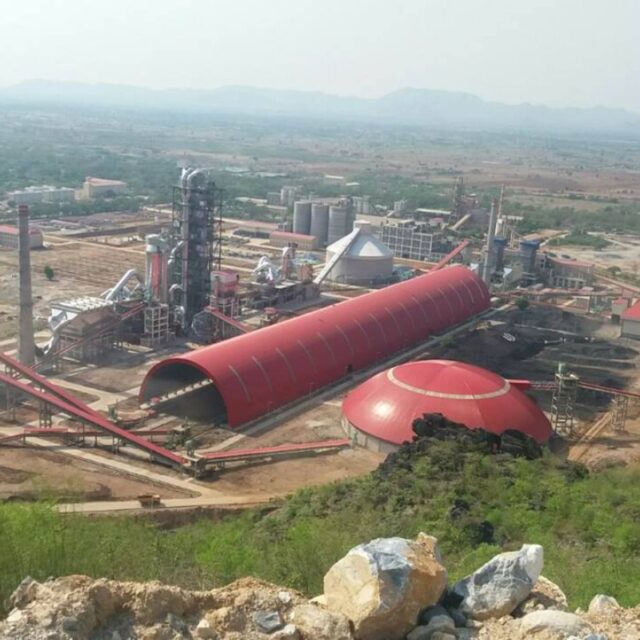An earthquake measuring 4.3 on the Richter Scale hit Mawlaik, Sagaing Region, on 20 February.
On 28 November, 2019, a 5.4-magnitude quake, with epicentre 23 miles northeast of Thabeikkyin, jolted Mandalay Region and caused some damage to homes, schools, and pagodas.
Several earthquakes have been reported across the country in 2019 and 2020, which shows that the Sagaing Fault is active and poses seismic hazards, which could be triggered any time.
The Sagaing Fault is a major tectonic structure that cuts through Myanmar, dividing the country into two halves. The western half moves north with the Indian plate, and the eastern half is attached to the Eurasian plate. The Sagaing Fault produced a major earthquake in November, 2012, in the Thabeikkyin area, 100 km north of Mandalay.
A 6.8-magnitude earthquake struck Bagan on August 24, 2016, and damaged almost 400 of the area’s 3,252 pagodas. The Bagan earthquake woke the cities with high-rise buildings up to the dangers of construction.
Earthquakes are unpredictable forces of nature and can strike anytime without warning.
It is also worth noting that there are many concrete buildings in need of retrofitting to better withstand earthquakes. Future developers should also take the seismic safety of buildings into account.
People must be alerted to the risks of earthquakes although quakes are rare, unlike other natural disasters such as fires, floods, and storms, as experts have predicted that Myanmar is more likely to suffer from earthquakes than other natural disasters.
People living along the fault line should take these warnings seriously and make necessary preparations, like making their homes disaster-ready, and ensuring family members have the necessary information on how to respond when earthquakes strike.
The efforts of local governments to conduct earthquake drills and provide information about dealing with quakes are necessary and should be taken seriously.
It is not enough to simply educate people and spread awareness about earthquakes.
It is also worth noting that there are many concrete buildings in need of retrofitting to better withstand earthquakes. Future developers should also take the seismic safety of buildings into account.
While material standards and building codes might be insufficient to protect against the damage from strong earthquakes, and these should be reviewed and updated as required.
The time to act is now, before a catastrophic earthquake strikes.














